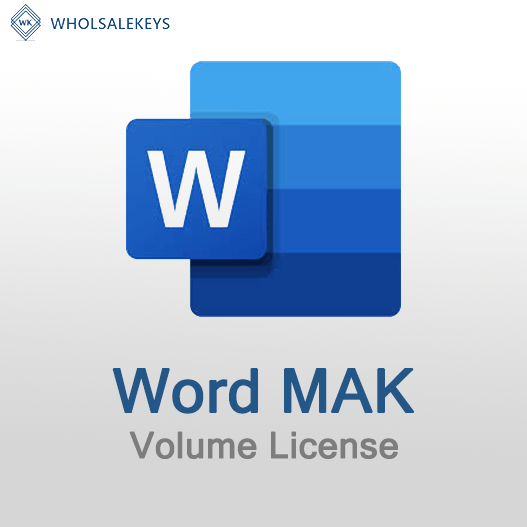As organizations increasingly adopt virtualization technologies, the need to properly license virtual machines (VMs) becomes paramount. One common method for licensing VMs is using Multiple Activation Key (MAK) activation. In this guide, we’ll explore how to effectively license virtual machines with MAK keys, ensuring compliance and flexibility in your virtualized environment.
The Role of MAK Keys
Multiple Activation Keys (MAK) are a type of product key provided by Microsoft for volume licensing. They are designed for organizations that need to activate a large number of Windows-based systems or virtual machines. MAK keys are specific to a product edition and version and are used to verify that the software being activated is a genuine and properly licensed copy.
Licensing VMs with MAK Keys
Acquire MAK Keys
- Purchase MAK keys through authorized channels or licensing programs, such as Microsoft Volume Licensing.
- Ensure that you have the necessary MAK keys for the edition and version of Windows that your VMs will run.
Prepare VMs for Activation
- Set up your virtual machines as required, including installing the operating system and any necessary software.
- Ensure that the VMs have network connectivity to communicate with Microsoft’s activation servers.
Activation Process
- Access the VM you want to activate, and go to the “Activation” settings within the Windows operating system.
- Choose the option to “Change Product Key” and enter the MAK key for that specific VM.
- Follow the on-screen prompts to complete the activation process.
Repeat for Each VM
Monitoring and Compliance
- Keep a record of which MAK key is assigned to each VM for tracking and compliance purposes.
- Periodically audit your activated VMs to ensure that they are properly licensed and comply with your organization’s licensing agreements.
Licensing Considerations
- Number of VMs: Determine how many VMs you need to activate and ensure you have sufficient MAK keys.
- Tracking: Maintain detailed records of which MAK key is assigned to each VM to simplify monitoring and compliance.
- Renewal: Be aware of MAK key expiration dates and renew them as needed to ensure continued activation.
- Best Practices: Follow Microsoft’s best practices for licensing and activation to avoid compliance issues.
Benefits of MAK Key Activation for VMs
- Centralized Activation: MAK keys allow for centralized activation of VMs, making it convenient for large-scale deployments.
- Licensing Flexibility: Organizations can choose the licensing method that suits their needs, whether it’s User CALs, Device CALs, or other licensing options, in addition to MAK key activation.
- Compliance Assurance: Proper activation with MAK keys helps ensure compliance with licensing agreements, reducing the risk of non-compliance issues.
- Management Control: Organizations have control over which VMs are activated and can track their activation status.
In conclusion, licensing virtual machines with MAK keys is a crucial step in ensuring that your virtualized environment is compliant and properly licensed. By following the steps and considerations outlined in this guide, organizations can effectively manage the activation of their VMs and maintain compliance with Microsoft’s licensing agreements.
Recent posts

How to Deploy and Activate Office LTSC 2024 Using a MAK Key
Explore advanced Excel features and functionalities to enhance data analysis, visualization, and automation for improved productivity.

Common Misconceptions About MAK Licensing
Clarify misconceptions surrounding Multiple Activation Key (MAK) licensing with expert insights and accurate information.

Auditing MAK Key Usage: Best Practices
Learn effective methods and best practices for auditing Multiple Activation Key (MAK) usage to maintain licensing compliance.











